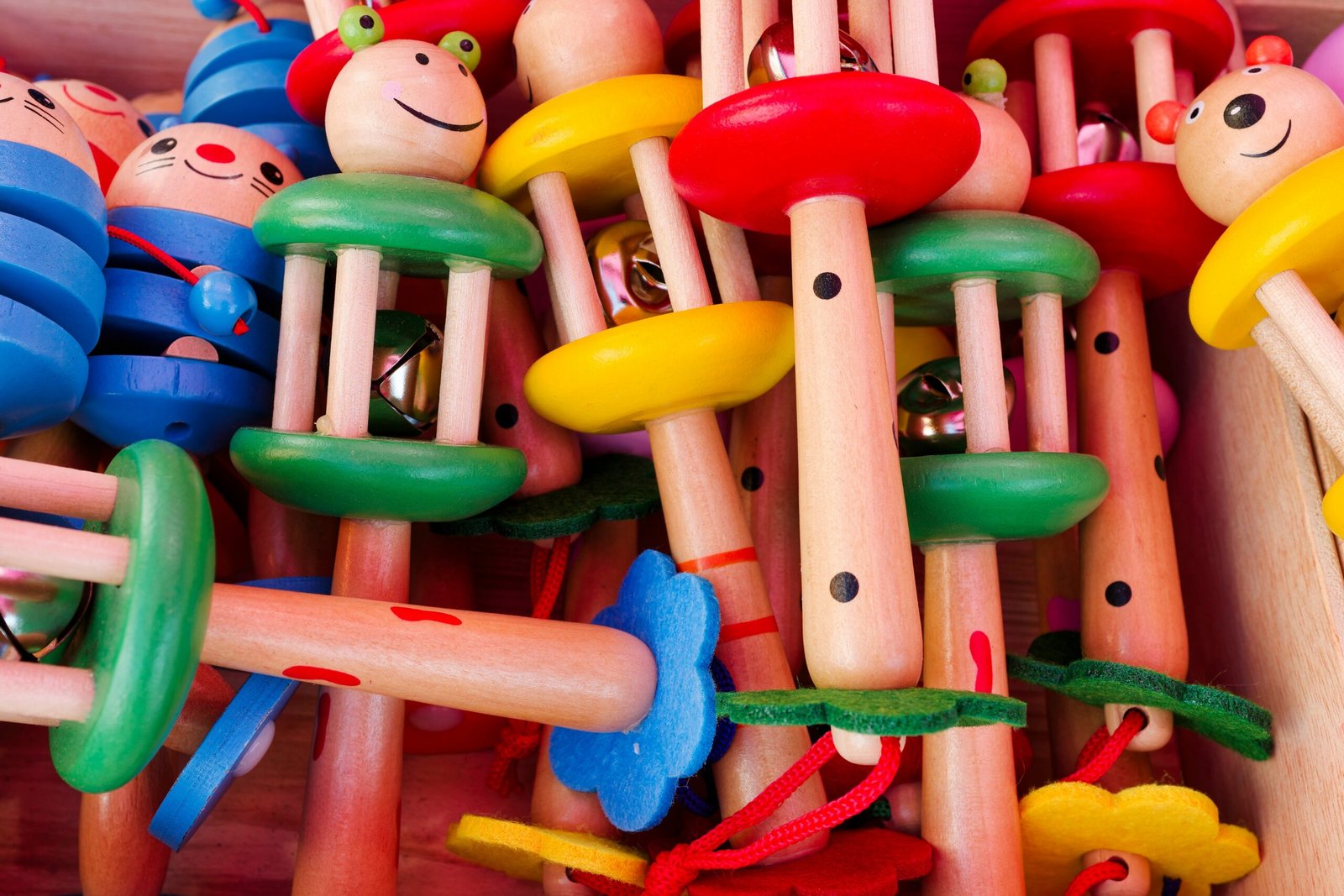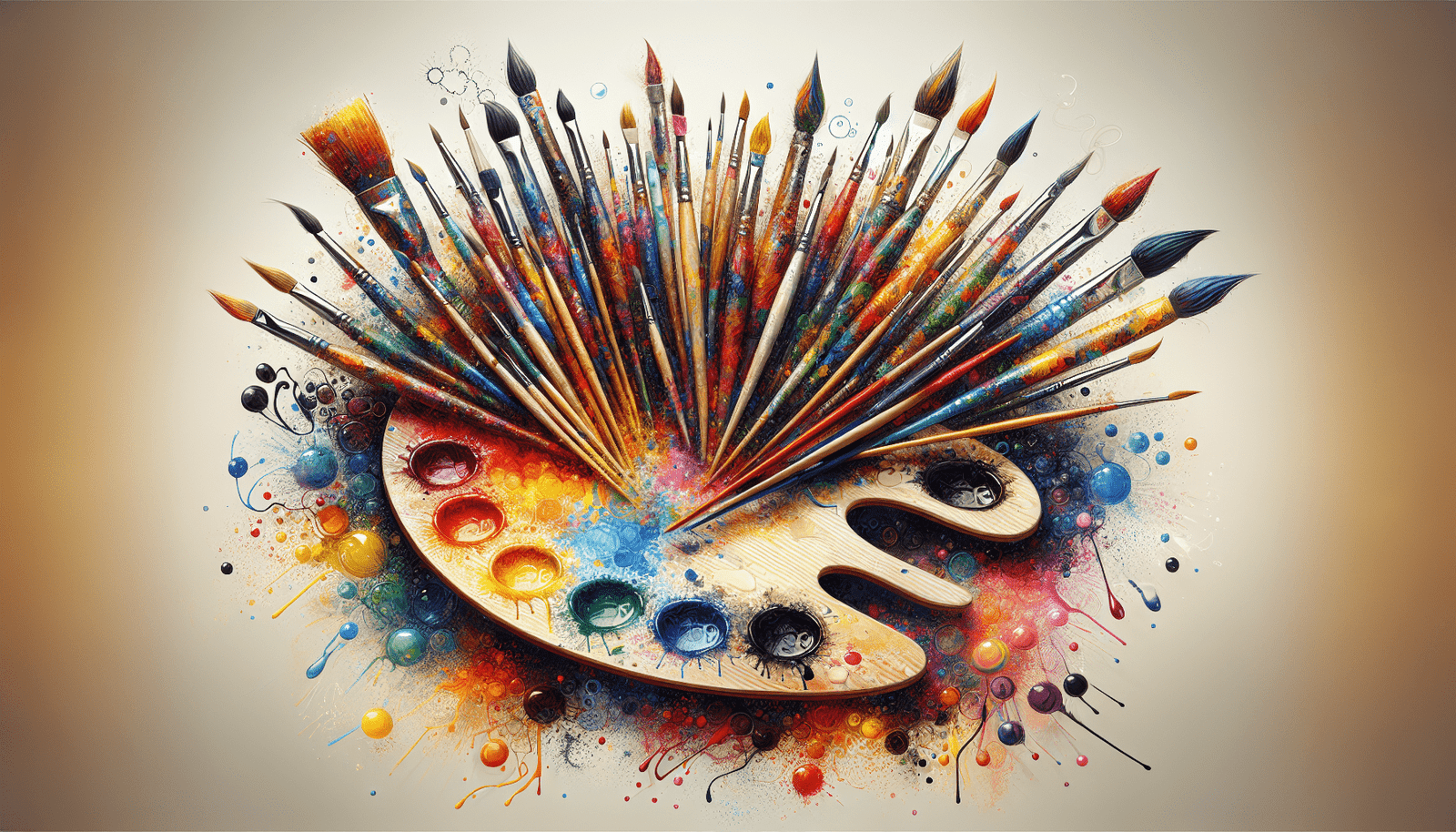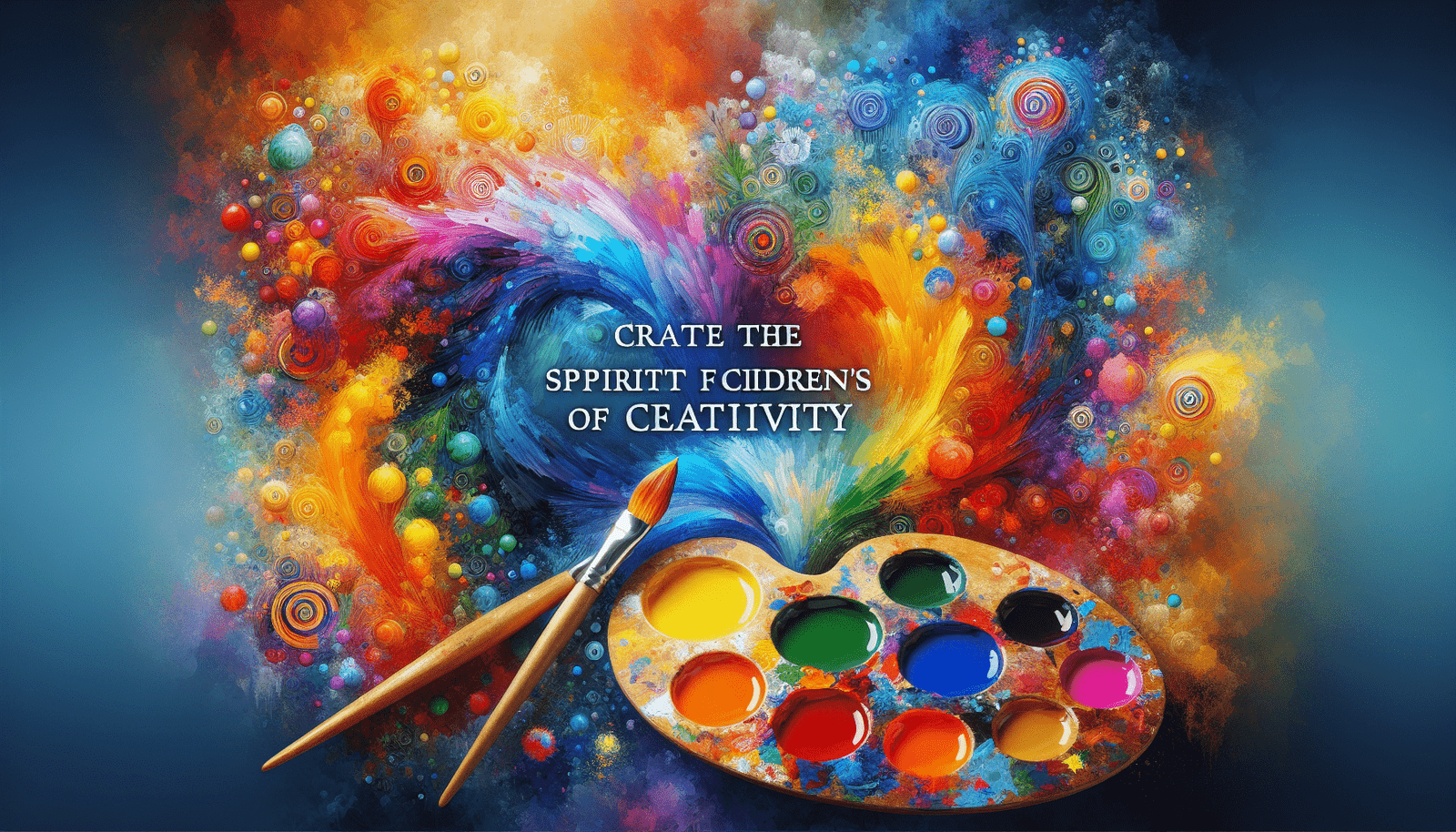The Importance of Mind Stimulation in Early Childhood Development
Educational Toys for Kids: Mind stimulation is a crucial aspect of early childhood development, as it directly impacts a child’s cognitive growth, problem-solving capabilities, and creativity. During the formative years, children’s brains are incredibly adaptable, making it essential to provide them with engaging activities and stimulating toys that encourage exploration and learning. Research has consistently shown that interactive and thoughtful play can significantly enhance cognitive development. By engaging with educational toys, children can develop critical thinking skills that will serve as a foundation for future learning.
Problem-solving skills, which are essential for academic and life success, can be cultivated through play that encourages children to think critically and work through challenges. Toys designed to enhance problem-solving often require children to interact strategically, whether through puzzles, building blocks, or other hands-on activities. These experiences not only stimulate creativity but also teach children the value of perseverance and resilience as they navigate through obstacles in their play.
Furthermore, sensory experiences are fundamental in shaping a child’s understanding of the world. Toys that engage multiple senses allow children to learn about textures, colors, sounds, and movements, providing them with a richer perspective of their surroundings. Sensory play not only fosters cognitive skills but also supports emotional and social development, as children often engage in collaborative play, learning to share and communicate with peers. The interplay between sensory experiences and mind stimulation is vital in offering a holistic learning environment.
In summary, mind stimulation plays a foundational role in early childhood development. By integrating stimulating toys and activities into everyday play, caregivers and educators can significantly enhance cognitive, problem-solving, and creative skills, ultimately contributing to a well-rounded developmental experience for children.
Types of Educational Toys: A Breakdown for Different Age Groups
When selecting educational toys for children, it is important to consider their developmental milestones and age-specific needs. Different types of toys can facilitate varied modes of learning, which can enhance cognitive and physical skills. Here, we break down the educational toy categories that are particularly beneficial for various age groups, ensuring children are stimulated appropriately as they grow.
STEM Toys
STEM (Science, Technology, Engineering, and Mathematics) toys promote critical thinking, problem-solving, and basic construction skills. For infants and toddlers, shape sorters and building blocks are excellent choices, aiding in spatial awareness and fine motor skill development. Preschoolers can benefit from more complex building sets like LEGO or magnetic tiles, which enhance creativity and understanding of geometry as they experiment with structures.
- SO MANY TOYS IN A SNAP: Make dozens of cool electronic gadgets – all from one box! A safe and fun way to introduce child…
- PROJECTS THEY’LL LOVE: So many fun electric-powered projects you can make and play! Ages 8 to 108 will love building 100…
- GREAT GIFT Give the gift of learning and fun this holiday season! Snap Circuits kits will keep kids busy and having fun …

Sensory Toys
Sensory toys are crucial for young children, particularly those in the age range of 0-3 years. These toys include items with various textures, sounds, and colors, appealing to different senses. Examples include soft fabric books, textured balls, and sensory bins filled with rice or water beads. As children transition into preschool, they may benefit from sensory fidget toys or play dough kits, which aid in emotional regulation and fine motor skills.
- Create Art Without Pegs: There are 12 art guides included that you can follow along to create your art. Or get creative …
- Play 3 Fun Games: There are 3 games to play including Lite Break, Lite Match and Lite Snake! Play on your own or join a …
- Animate with Light: Choose from 5 ready to go animations to light up your room or any social video you have in store!

Creative Arts and Crafts
Encouraging artistic expression through arts and crafts is essential for children starting from toddler age onwards. For younger children, art supplies like crayons, chunky paintbrushes, and large paper help to develop creativity and hand-eye coordination. As children approach school age, more complex activities such as bead threading, origami, or painting sets can inspire imaginative play and enhance cognitive functions.
Interactive Books
Finally, interactive books serve as a delightful learning tool for all age groups. For infants, cloth and board books with textures and flaps engage their senses and curiosity. As children grow, choose books with sound buttons or educational content that introduces them to various subjects, fostering early literacy and comprehension skills. These toy categories create a well-rounded educational experience, making learning enjoyable and effective across different developmental stages.
- Toddler Learning & Education Toys: KOKODI Early Education Reading Pen is designed for independent use by children aged 2…
- Recording Function: KOKODI Children’s Interactive Reading Pen Set includes a recording function that allows parents to r…
- Rich Content & Highly Entertaining: The set comes with two books, featuring 22 themes, over 450 words and introductions,…

How to Choose the Right Educational Toy for Your Child
Selecting the ideal educational toy for your child involves several key factors that can enhance their learning experience while ensuring safety and enjoyment. One of the foremost considerations should be the child’s interests. Engaging a child’s curiosity can spark a deeper connection with the toy and promote active involvement. If a child shows a keen interest in science, for example, choosing a chemistry kit or a nature-related game could serve to nurture that passion.
Another critical aspect to evaluate is the child’s age and developmental stage. Educational toys are typically designed to cater to specific age groups, providing age-appropriate challenges that facilitate cognitive and physical growth. For instance, younger children may benefit from toys that promote sensory exploration, while older children might enjoy more intricate puzzles or STEM kits that invoke critical thinking.
Safety cannot be overlooked when selecting educational toys. Check the materials used to ensure they are non-toxic and suitable for your child’s age group. Pay attention to small parts that may pose choking hazards, especially for younger children. Additionally, consider opting for toys that comply with safety standards and regulations outlined by organizations such as the American Society for Testing and Materials (ASTM).
Striking a balance between fun and educational value is essential. The most effective educational toys are those that seamlessly integrate learning with play, allowing children to explore concepts through engaging activities. Look for toys that promote creativity, problem-solving, and social skills. Options such as building sets, board games, and art supplies can offer multifaceted learning experiences.
In conclusion, by carefully considering your child’s interests, age, and safety while ensuring that the educational toy is also enjoyable, you can select toys that will inspire mind stimulation and foster learning effectively.
Incorporating Educational Toys into Everyday Play: Tips and Tricks
Integrating educational toys into your child’s daily routines can significantly enhance their learning experiences while making playtime more fulfilling. One effective strategy is to schedule dedicated play sessions where educational toys take center stage. For instance, parents can allocate specific time slots during the day for activities such as building blocks, puzzles, or interactive science kits that reinforce subjects like math and science. This not only helps children to associate play with learning but also establishes a routine that children can look forward to.
Another approach is to blend educational toys into everyday activities. For example, while preparing meals, parents can involve their children by using measuring cups to teach fractions or discussing the nutritional value of different foods with play food sets. Combining toys with household tasks fosters a learning environment while simultaneously encouraging children to feel involved and responsible. This provides them with hands-on experience that supports the concepts they learn in more structured settings, such as school.
Encouraging social play is also vital for cognitive development. Families and caregivers can organize playdates where children can share educational toys with peers. This not only promotes teamwork but also cultivates social skills as children learn to cooperate and communicate effectively. Activities like building a fort with blocks or competing in a friendly race with educational toy cars stimulate collaboration and healthy competition, encouraging children to think critically while having fun.
Lastly, keeping the learning atmosphere exciting is crucial. Rotating toys to maintain novelty can enhance engagement. Incorporating themes, such as a science adventure day or a nature exploration week, can provide context to the play experiences. Through these methods, educational toys can become powerful tools in connecting play with learning, ultimately enriching children’s development in various capacities.
Interested in seeing the products we recommend?
Check out our carefully crafted list of items







